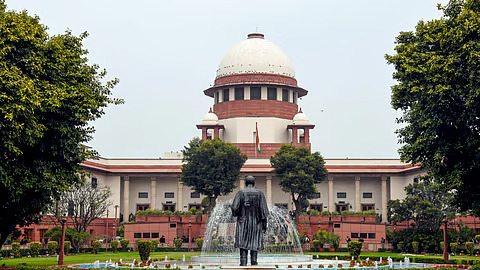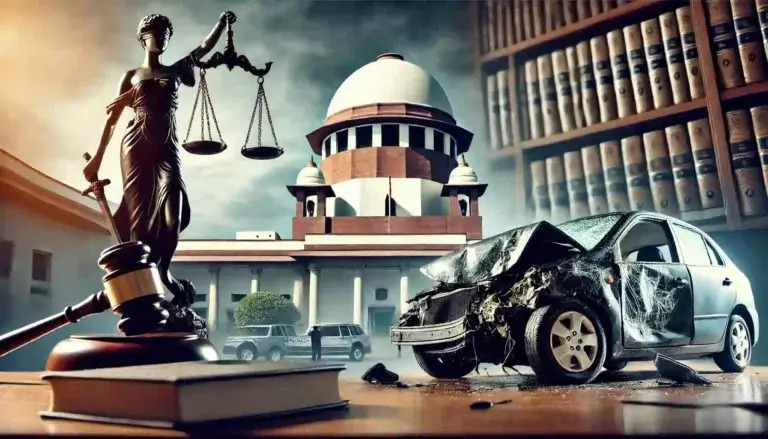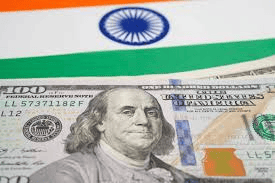
Supreme Court Rejects Vehicle Ban
Supreme Court Rejects Vehicle Ban in Delhi-NCR: Calls for Targeted Pollution Controls
The Supreme Court of India has rejected a proposal for a blanket ban on older diesel and petrol vehicles in Delhi-NCR, marking a significant moment in the ongoing battle between environmental policy and public mobility. The Supreme Court emphasized the need for targeted, evidence-based interventions to reduce air pollution rather than sweeping restrictions that could disproportionately impact livelihoods, transportation networks, and the local economy.

This decision, while hailed by transport associations, has sparked mixed reactions from environmental groups, policy experts, and residents of the capital region. The judgment reflects the complexity of balancing environmental imperatives with socio-economic realities.
Background: The Ban Proposal and its Context
Delhi-NCR, home to over 30 million people, is among the most polluted urban regions in the world. Vehicular emissions contribute significantly to its particulate matter (PM2.5 and PM10) levels, especially during winter months when meteorological conditions worsen air quality.
Environmental advocates have long pushed for aggressive measures, including restrictions on older diesel and petrol vehicles, which typically emit higher levels of pollutants due to outdated combustion technology and less efficient emission control systems.
In late 2024, a petition was filed urging the Supreme Court to enforce a complete ban on diesel vehicles older than 10 years and petrol vehicles older than 15 years across Delhi-NCR, expanding on earlier orders and regulations from the National Green Tribunal (NGT).
Supreme Court Reasoning
In its ruling, the Supreme Court underscored that a blanket ban without adequate differentiation or supporting infrastructure could lead to economic disruption without guaranteeing proportional environmental benefits.
The Court’s key points included:
- Targeted Approach – Pollution control measures should be based on scientific studies that identify the most harmful vehicle categories, times of year, and geographic hotspots.
- Phased Implementation – Transition plans should allow affected vehicle owners time to shift to cleaner alternatives.
- Integration with Public Transport – Any restrictions should be accompanied by expanded, reliable, and affordable public transportation options.
- Technological Upgrades – Incentives for retrofitting older vehicles with modern emission control devices could be explored before imposing outright bans.
Supreme Court Decision Based on : Reaction from Stakeholders
Transport Associations
Commercial vehicle unions and transport companies welcomed the decision, arguing that a blanket ban would have severely affected small transport operators, taxi drivers, and goods carriers. Many noted that older vehicles remain critical for logistics in smaller towns feeding into Delhi’s markets.
Environmental Groups
Several environmental organizations expressed disappointment, warning that without aggressive intervention, vehicular emissions would continue to undermine public health. They have called for the immediate rollout of targeted bans during peak pollution seasons and more stringent enforcement of emission testing norms.
Policy Analysts
Experts have interpreted the Court’s stance as an attempt to strike a pragmatic balance. While acknowledging the urgent need for cleaner air, they note that environmental reforms often fail without public buy-in and realistic implementation frameworks.
Supreme Court Decision Based on : Economic Considerations
Impact on Livelihoods
A blanket ban would have rendered thousands of vehicles illegal overnight, threatening the income of drivers, fleet owners, and small businesses. The Court highlighted the need to consider this impact in policymaking.
Replacement Costs
Switching to new vehicles or electric alternatives can be prohibitively expensive. Without subsidies or financing support, such mandates risk creating socio-economic inequality, where only wealthier individuals can comply.
Supreme Court Decision Based on : Environmental Trade-Offs
While older vehicles are generally more polluting, the Court pointed out that removing them en masse could inadvertently increase the environmental footprint if replacements are not sourced sustainably. Manufacturing new vehicles consumes raw materials and energy, producing its own emissions.
The decision encourages life-cycle environmental accounting — assessing total emissions from manufacturing, use, and disposal — to avoid well-intentioned policies causing unintended harm.
Public Health Implications
Air pollution in Delhi-NCR is linked to respiratory diseases, cardiovascular conditions, and reduced life expectancy. Health professionals stress that while vehicle emissions are a significant contributor, they are part of a broader mix including industrial activity, construction dust, biomass burning, and seasonal stubble burning in nearby states.
The ruling implies that policies should target multiple pollution sources simultaneously to achieve measurable health improvements.
Supreme Court Decision Based on : International Comparisons
Other major cities with severe pollution problems, such as Beijing, Mexico City, and London, have adopted a mix of strategies:
- Low Emission Zones – Restricting entry for the most polluting vehicles in specific areas.
- Congestion Charges – Charging fees to discourage car use during peak times.
- Subsidized Public Transport – Making buses and trains cheaper or free during pollution spikes.
Delhi-NCR could draw lessons from these cities, tailoring them to local economic and infrastructural realities.
Legal and Administrative Next Steps
The Supreme Court has directed relevant authorities to:
- Collaborate with the Central Pollution Control Board (CPCB) and state pollution control boards for targeted studies.
- Develop a phased implementation plan for restrictions based on vehicle type, fuel type, and age.
- Expand automated emission testing facilities and integrate them with enforcement systems.
The matter will be reviewed periodically to ensure compliance with the Court’s directives.
Public Opinion
Residents remain divided:
- Some urban commuters support the ruling, fearing that sudden bans would cripple mobility.
- Others, particularly those with vulnerable family members, urge faster action against high-emission vehicles to improve air quality.
Local media discussions reveal a shared concern for cleaner air, but also frustration with the slow pace of public transport upgrades and policy enforcement.
Potential Future Policies
Following the Court’s ruling, experts suggest the government might explore:
- Seasonal bans during peak winter pollution.
- Scrappage incentives to encourage voluntary retirement of older vehicles.
- Electric vehicle subsidies and charging infrastructure expansion.
- Increased penalties for non-compliance with pollution norms.
Conclusion
The Supreme Court’s rejection of a blanket ban on older diesel and petrol vehicles in Delhi-NCR is a pivotal decision in India’s environmental governance landscape. It reaffirms the principle that effective environmental policy must be targeted, science-driven, and socially considerate.
While the ruling protects many livelihoods and avoids abrupt disruption, it also places a greater onus on governments to devise intelligent, enforceable measures that deliver cleaner air without unfairly burdening vulnerable populations.
Delhi-NCR’s fight against pollution is far from over — but this judgment may help shape a more nuanced, sustainable approach for the years ahead.




